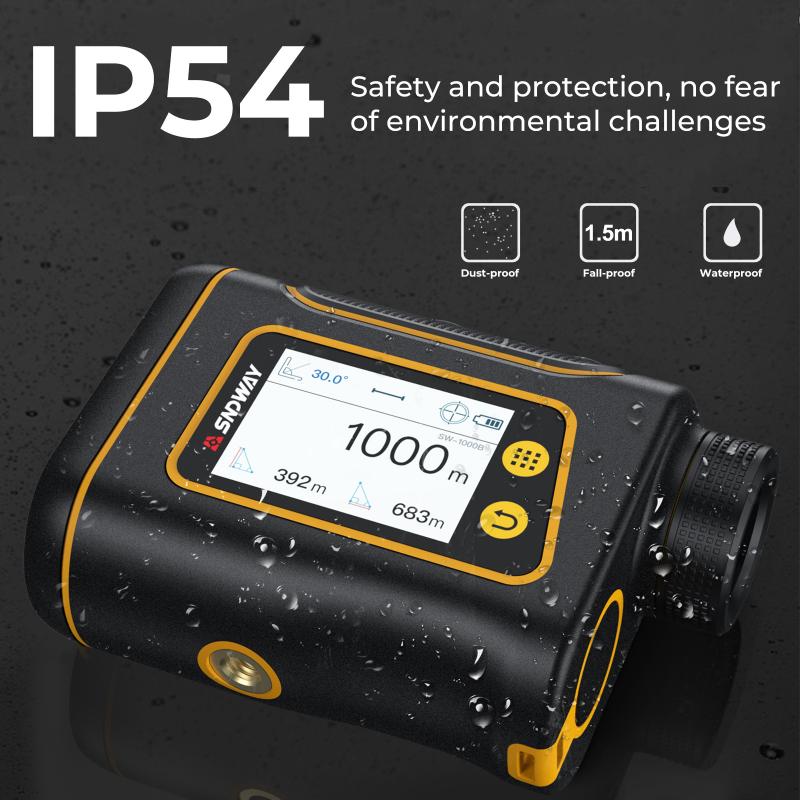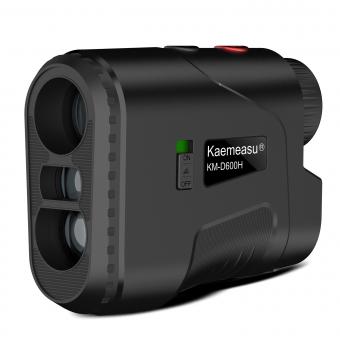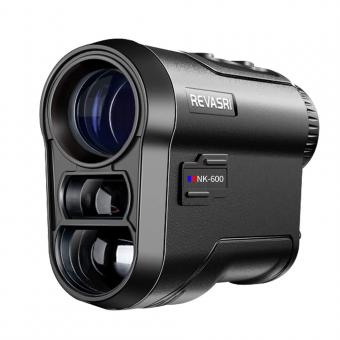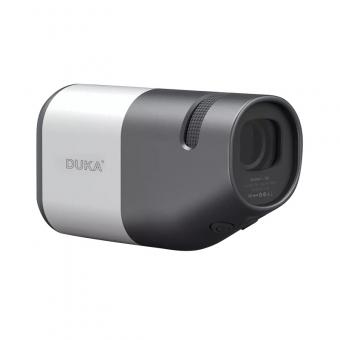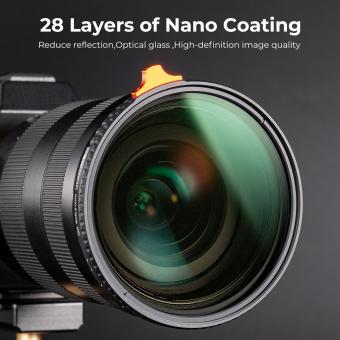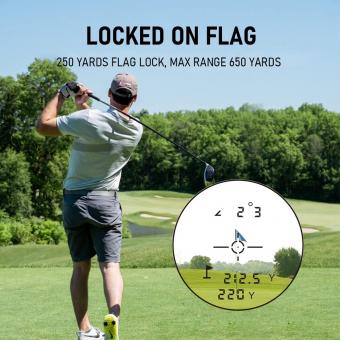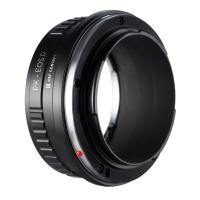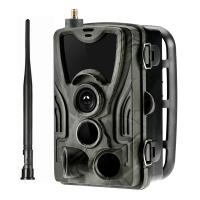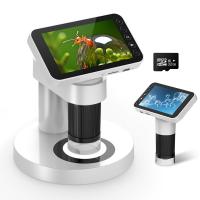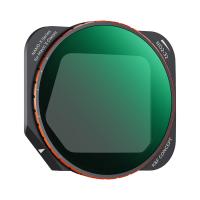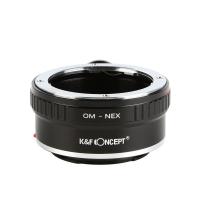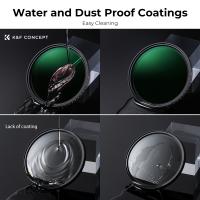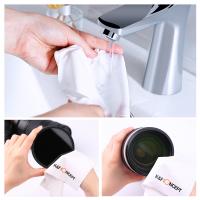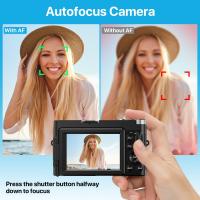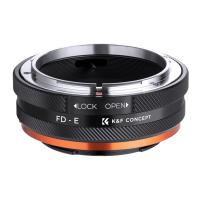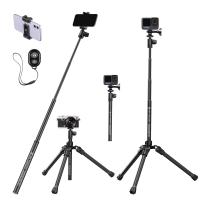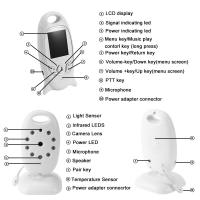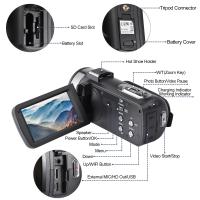How To Use Bushnell Rangefinder ?
To use a Bushnell rangefinder, first, ensure that the device is powered on and the battery is charged. Next, aim the rangefinder at the target you want to measure the distance to. Press and hold the power button to activate the laser. Keep the rangefinder steady and wait for the device to display the distance measurement on the screen. Some models may require you to press the power button again to get a reading. Make sure to aim at a target with a reflective surface for accurate measurements. Additionally, familiarize yourself with the specific features and settings of your Bushnell rangefinder model, as they may vary.
1、 Understanding the basics of a Bushnell rangefinder
Understanding the basics of a Bushnell rangefinder is essential for anyone looking to accurately measure distances while hunting, golfing, or engaging in other outdoor activities. These devices utilize advanced technology to provide precise distance measurements, ensuring that you can make accurate shots or club selections.
To use a Bushnell rangefinder, follow these steps:
1. Familiarize yourself with the device: Read the user manual to understand the specific features and functions of your particular model. This will help you navigate through the settings and make the most of its capabilities.
2. Power on the rangefinder: Most models have a power button or switch that needs to be pressed to turn on the device. Ensure that the battery is charged or replace it if necessary.
3. Aim at the target: Look through the viewfinder and align the crosshairs with your desired target. Keep the rangefinder steady to get an accurate reading.
4. Press the button: Once you have the target in sight, press the button on the rangefinder to activate the laser. This laser will bounce off the target and return to the device, providing the distance measurement.
5. Read the display: The rangefinder will display the distance measurement on the screen. Some models may also provide additional information such as slope, angle, or speed.
6. Adjust settings if needed: Depending on the model, you may have options to change the unit of measurement, adjust brightness, or enable additional features like vibration or target priority.
It's worth noting that Bushnell continuously updates their rangefinder models with new features and technologies. Therefore, it's always a good idea to check for any specific instructions or updates provided by the manufacturer to ensure you are using the device to its full potential.

2、 Setting up and calibrating your Bushnell rangefinder
Setting up and calibrating your Bushnell rangefinder is a crucial step to ensure accurate distance measurements while out on the field. Here's a step-by-step guide on how to use your Bushnell rangefinder effectively:
1. Familiarize yourself with the device: Read the user manual thoroughly to understand the features and functions of your specific model. This will help you navigate through the settings and make the most of your rangefinder.
2. Install the battery: Most Bushnell rangefinders operate on a CR2 battery. Open the battery compartment and insert the battery according to the polarity markings. Close the compartment securely.
3. Adjust the eyepiece: Look through the eyepiece and turn the focus ring until the display appears clear and sharp. This will ensure accurate readings.
4. Select the mode: Depending on your model, you may have different modes such as standard, scan, or pinseeker. Choose the appropriate mode for your intended use. For example, the pinseeker mode is ideal for golfers as it helps lock onto the flagstick.
5. Calibrate the rangefinder: Before using your rangefinder, it's important to calibrate it to your specific needs. Aim at a target with a known distance and press the power button to activate the laser. The rangefinder will display the distance. If it matches the known distance, you're good to go. If not, consult the user manual for instructions on how to adjust the calibration.
6. Practice using the rangefinder: Spend some time practicing with your rangefinder to become comfortable with its operation. Experiment with different modes and distances to get a feel for its accuracy and capabilities.
Remember to always follow the manufacturer's instructions and guidelines when using your Bushnell rangefinder. Regularly clean the lenses and store it in a safe place when not in use. With proper setup and calibration, your Bushnell rangefinder will become a valuable tool for accurate distance measurements in various outdoor activities.
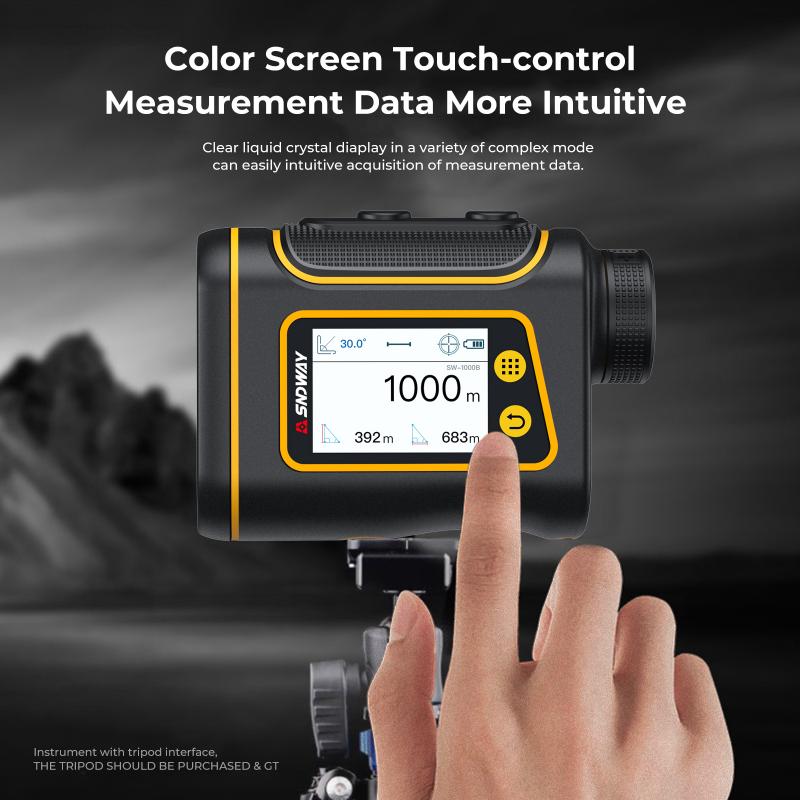
3、 Using the different modes and features of your rangefinder
Using the different modes and features of your Bushnell rangefinder is essential to maximize its capabilities and ensure accurate distance measurements. Here's a guide on how to use your rangefinder effectively:
1. First, familiarize yourself with the different modes available on your Bushnell rangefinder. Most models offer modes like standard, scan, and pinseeker. The standard mode provides a single distance measurement, while the scan mode continuously updates distances as you pan across the landscape. The pinseeker mode is specifically designed to lock onto flagsticks and provide accurate readings.
2. To use the rangefinder, simply look through the viewfinder and aim at your target. Press the power button to activate the device. Ensure that you have a steady hand and hold the rangefinder steady for accurate readings.
3. Once you have aimed at your target, press the mode button to select the desired mode. For example, if you are targeting a flagstick, use the pinseeker mode. The rangefinder will then emit a laser beam to measure the distance to the target.
4. After a few seconds, the rangefinder will display the distance measurement on the screen. Some models also provide additional information like slope compensation, which adjusts the distance based on the elevation changes between you and the target.
5. If you are using the scan mode, simply pan across the landscape, and the rangefinder will continuously update the distance measurements. This is particularly useful when trying to measure distances to multiple targets or when scouting a golf course.
6. Remember to practice using your rangefinder in different conditions and terrains to become familiar with its accuracy and limitations. Consider using it during practice rounds or casual outings to gain confidence in its readings.
It's important to note that technology is constantly evolving, and Bushnell continues to innovate its rangefinders. Therefore, it's advisable to consult the user manual specific to your model for the latest instructions and features.
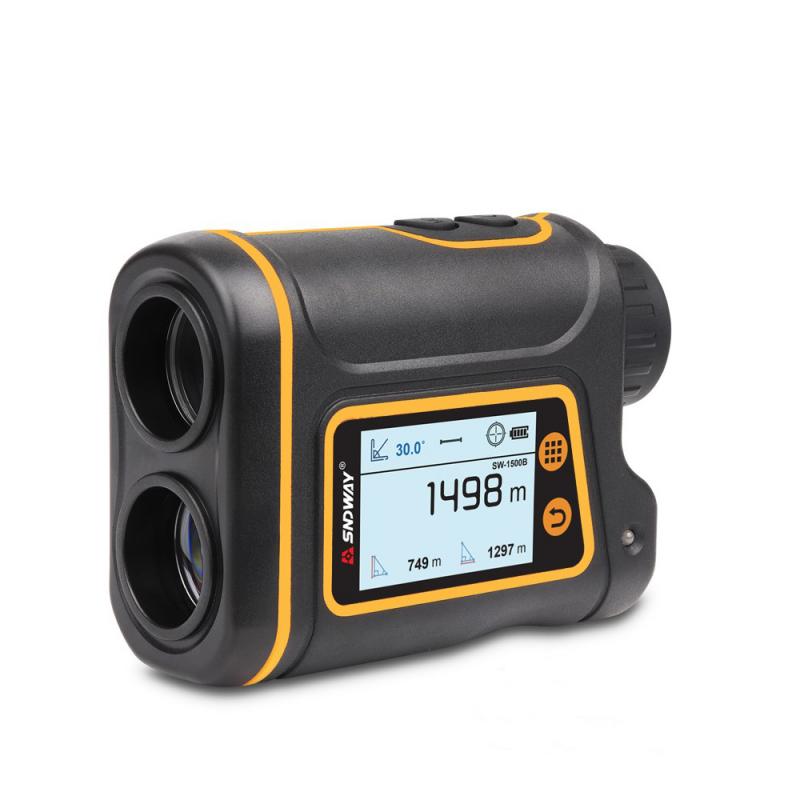
4、 Tips for accurate distance measurement with a Bushnell rangefinder
Tips for accurate distance measurement with a Bushnell rangefinder:
1. Familiarize yourself with the device: Before using a Bushnell rangefinder, take the time to read the user manual and understand its features and functions. This will ensure you make the most of its capabilities.
2. Steady your hand: To get an accurate distance reading, it's important to keep your hand steady while using the rangefinder. Use a tripod or rest the device on a stable surface if possible. This will minimize any shaking or movement that could affect the measurement.
3. Aim at a target with contrast: When aiming the rangefinder, choose a target that has good contrast against its surroundings. This will help the device accurately identify the target and provide a more precise distance measurement.
4. Use the correct mode: Bushnell rangefinders often come with different modes, such as slope mode or pin-seeking mode. Make sure you select the appropriate mode for your specific needs. For example, slope mode takes into account the angle of the slope to provide adjusted distance readings.
5. Consider environmental factors: Keep in mind that certain environmental factors can affect the accuracy of distance measurements. Factors like fog, rain, or reflective surfaces can impact the rangefinder's performance. Adjust your expectations accordingly and take multiple readings if necessary.
6. Practice and experiment: Like any new device, using a rangefinder effectively takes practice. Experiment with different techniques and settings to find what works best for you. Over time, you'll become more comfortable and proficient in using the rangefinder to accurately measure distances.
In conclusion, using a Bushnell rangefinder for accurate distance measurement requires familiarization with the device, steady hand positioning, aiming at contrasting targets, selecting the appropriate mode, considering environmental factors, and practicing regularly. By following these tips, you can enhance your distance measurement accuracy and make the most of your Bushnell rangefinder.
